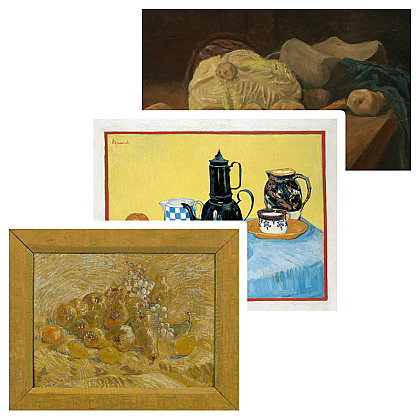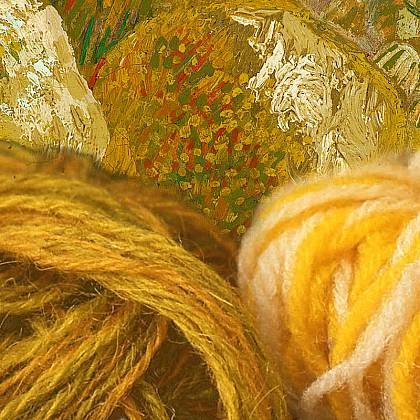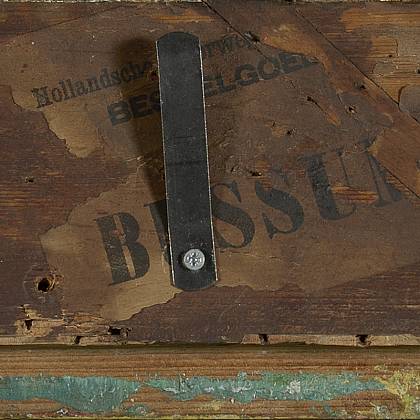To my Brother Theo
Quinces, Lemons, Pears and Grapes
Van Gogh signed his yellow still life in orange paint. He later added the dedication ‘to my brother Theo’ in red, and gave the painting to his brother.
According to Theo’s wife Jo, he did so to thank Theo for his faith in him. Theo was an art dealer and treated Vincent no differently from the other avant-gardists whose work he tried to sell. By acting in this way, he 'proved' that he saw Vincent as a modern artist whose work was of value.
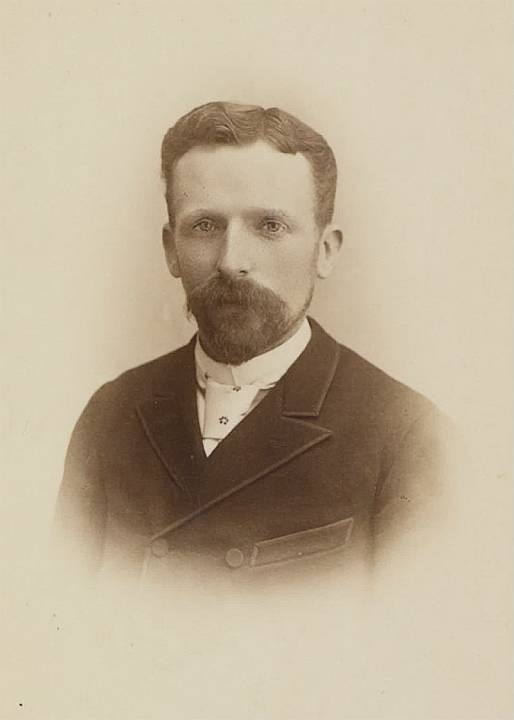
Photo of Theo van Gogh
Modern colours
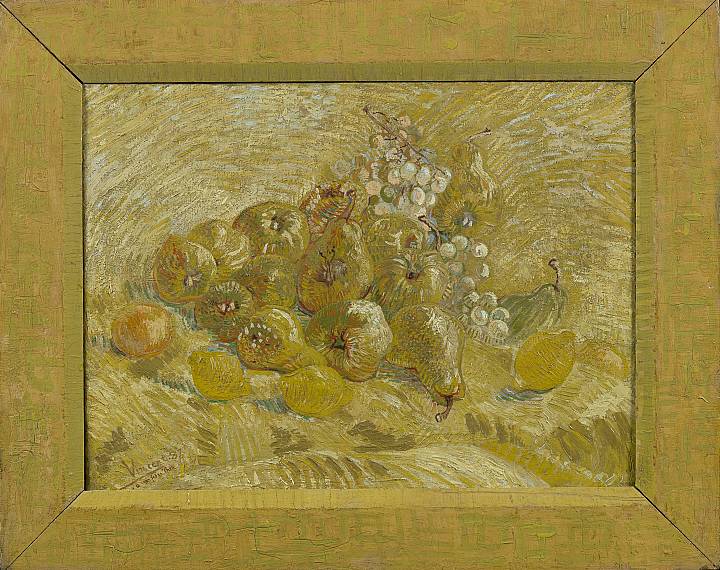
It was probably no coincidence that Van Gogh chose this painting to give his brother. Theo had urged him years before, in his Dutch period, to produce lighter and more colourful paintings. He knew that paintings in gloomy hues did not sell so well. Vincent was still working in dark earth hues at the time.
It was not until Van Gogh saw the brightly-coloured paintings of innovative artists like the Impressionists in Paris that he understood what Theo meant. He realized that it was possible to make a convincing painting using vibrant, almost unmixed colours.
After that, Van Gogh changed his use of colours from dark to light. With his still life Quinces he went even further. He painted the work in diverse hues of yellow, showing that he had become a real colourist.
Dedication
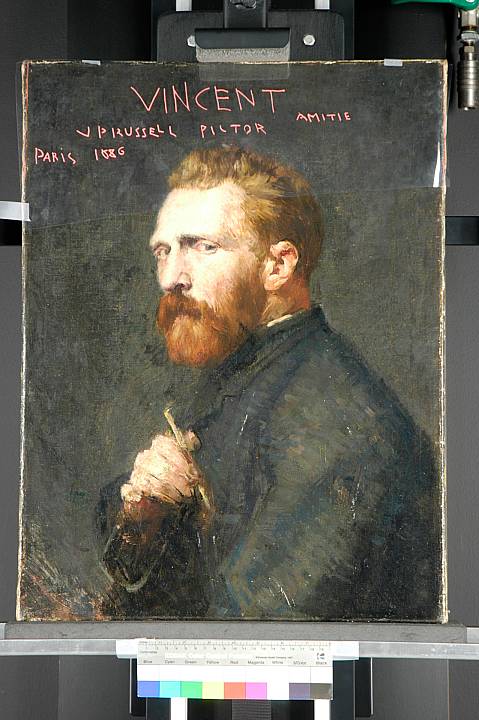
When an artist adds a dedication to the recipient in his work, it is always an expression of appreciation or a way of emphasizing artistic affinity. Other artists too sometimes wrote dedications on paintings they gave away.
The painter John Peter Russell wrote a message on the portrait he made of Van Gogh: ‘VINCENT / J.P. Russell - pictor - amitié / Paris 1886' (Vincent / J.P. Russell - painter - in friendship / Paris 1886).
John Peter Russell, Vincent van Gogh, 1886
Van Gogh Museum, Amsterdam (Vincent van Gogh Foundation)
